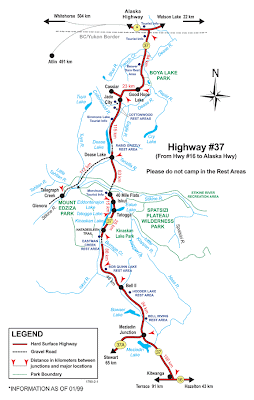By Jeremy Deutsch
Tribune Staff Writer
Aug 16 2007
Boundaries commission proposes new, larger riding
A commission set up to re-examine B.C.’s electoral districts has recommended one district for most of the Cariboo Chilcotin, including Williams Lake and Quesnel in one riding.
Gone would be the Cariboo North and South ridings, in favour of a single Cariboo-Chilcotin riding that would extend north just short of Hixon, south to Gang Ranch, and west just short of Hagensborg.
A second riding, Cariboo-Fraser, would run just south of Williams Lake and include Dog Creek and Alkali Lake and stretch as far south as Merritt and Lytton.
The proposed changes would now see four ridings in the Cariboo-Thompson regions instead of five.
City in one riding
The B.C. Electoral Boundaries Commission, which released its report Wednesday, has made a number of other recommendations which include adding two new seats in the B.C. legislature for a total of 81, and another vote on single transferable vote.
The current commission, after hearing objections from the public who did not like Williams Lake split in two, decided to put the city into one riding.
“During our public consultations, some people said splitting Williams Lake was not a welcome decision, while residents of communities west of Kamloops expressed frustration at having to travel to Williams Lake to meet with their MLA,” Commission chair Justice Bruce Cohen, says.
The commission used a complicated formula to re-draw the boundaries, with a riding population quotient of 50,784, but allowed for a deviation of up to 25 per cent above or below.
The estimated population in a newly formed Cariboo-Chilcotin riding would be 45,104, a deviation of -11.2 per cent.
The Cariboo-Fraser electoral district would have a population of 42,170, a deviation of -17 per cent.
North Cariboo MLA Bob Simpson cautions that it’s just a report with recommendations.
While he thinks the reunification of Williams Lake into one riding makes sense, the size of the new riding and loss of representation is a concern
“There is a loss [to Williams Lake] because they don’t have two potential voices,” Simpson says.
He’s also concerned about the balance of rural representation and the shift towards more urban representation.
“In a province where the wealth is still generated in those rural areas which make up a large majority of the province’s geography, that shift towards urban representation is troublesome,” he says.
Cariboo-South MLA Charlie Wyse did not have a chance to really look over the recommendations before press time, but his initial reaction was that it was a double-whammy, by adding more seats in the Lower Mainland and taking away from rural areas.
The commission is holding public hearings in Williams Lake on Oct. 22, so members of the public can voice their opinion on the electoral-boundary proposals.
The final report will be complete by Feb. 15, 2008. From there it is up the legislature in the spring session to decide whether it wants to adopt the recommendations.
The commission also proposed boundaries for 20 B.C. single transferable vote electoral districts with between two and six members for total of 81 MLAs.




